World Fine Art Professionals and their Key-Pieces, 159 - Karijn Kakebeeke
World Fine Art Professionals and their Key-Pieces, 159 – Karijn Kakebeeke
Karijn Kakebeeke wants to tell stories with her photos. She grew up abroad and returned there for her photo shoots. In recent years she also makes reports in the Netherlands because of the fact that she has two growing children.
Why are we all the same and yet different? That question always came up to her. In every country where she ended up with her parents, she experienced another way of life, a different view of things.
Understand life
Karijn Kakebeeke, whom I speak at Café Mads at Zoutkeetsplein in Amsterdam: “We all have the same wishes and needs and yet there is a big difference between people. How does that happen? That is the key question with which I grew up and with which I want to get a grip on life. By telling stories I try to understand things better. I also want to raise questions. ”
They are stories where macro development and micro development intersect. “How does social / societal development work out for an individual or group? It is a quest in which I, amassing knowledge, try to understand life, and ultimately myself. ”
Karijn Kakebeeke first studied Cultural Anthropology and then did a photo-journalistic course in London. She has been active as a photographer since 2000. Can she point out key works in her considerable oeuvre? She can.
Paris Photo
The first is a photo of an Afghan girl playing football. With this photo she won in 2009 a big prize at Paris Photo: the BMW Photo Prize. “I made the photo in Afghanistan in 2006 as part of a series. Hester Keijser had discussed the series in her photo blog Mrs Deane, http://www.beikey.net/mrs-deane/. And suggested a gallerist in Dubai to have a look at the photo. That’s how the ball started to roll. It was a total surprise for me. I did not know the Prize, I was in the journalistic corner. ”
The photo ended up in the art circuit. “Your work is seen in a new context. I also looked at my photo with a new look.” With the prize, her work suddenly acquired a different reputation. “My work appeared on sites such as Lensblog, stages that enabled many more people to get acquainted with my work. That opens doors. You can do more things. At the same time you internalize that awareness yourself: your own horizon becomes broader and bigger. ”
The Refugee Jackpot
A second key work is ‘De Vluchtelingen Jackpot’, ‘The Refugee Jackpot’ from 2011. A multi-year project with a number of elements: a photo book, a museum exhibition, a traveling exhibition and an educational program. Two groups of refugees were followed for this project: Africans from a refugee camp in East Kenya and a group of Iraqis in Syria.
“We have followed the process of refugees who are invited by the Dutch government. How do they do that, how does the selection go and how do they ensure that they are doing well in the Netherlands?” She did it together with Eefje Blankevoort. She came up with the idea after she had read an article in NRC-Handelsblad by Nebahat Albayrak, former Secretary of State for Internal Affairs.
“Albayrak wrote about her trip to Thailand. There she visited a refugee camp on the border of Thailand and Burma. Burmese refugees then lived there in a hopeless situation. Albayrak came to invite refugees from that camp to the Netherlands. ‘Resettlement’ was the word that was used. I found it fascinating. A photo project ensued very organically. ”
Photovoice Method
For Karijn Kakebeeke, photography is not only a goal, but also a means. “Sometimes I do not have to photograph myself, there are projects where I let others photograph.” For photography as a research tool there is ‘photovoice’, a method designed by Caroline Wang and Mary Ann Burris. On the basis of a research question, photographs are taken on a part of a larger study.
Karijn used this method in Malawi and Ghana, where she participated for Rutgers in a study on health care and in particular on the aspect of reproductive health. “It was about how knowledge about things like contraceptives, safe sex and the prevention of communicable diseases had changed their lives. With their photos on this subject we tried to get other types of information up.
“She applied the same method in a foundation that uses photography to connect: the Picture Bridge Foundation: http://picturebridgefoundation.nl/. With this she has executed the ‘Point of View’ project, involving a group of people; local residents and refugees, getting a camera in hand to record how they view their surroundings. “These photos are then discussed with each other. You just look at the world through the glasses of the other person. There has been a project in Culemborg and there will be one in Dordrecht and Haarlemmermeer. ”
Older migrants
And there is also a project from this foundation about the wishes and needs of elderly migrants in the field of care. “It is the first generation where it is not self-evident that they are cared for by their children in old age. That is a break in tradition. Do they also look differently at getting old and receiving care?” In February 2018 there has been an exhibition at the Nutshuis in The Hague.
Finally, does she have a appropriate conclusion to this story? She has. “Two people who look at the same picture do not see the the same thing. Further, you can look at a photo with the question: what do you see and what does it mean? That is exciting in itself. At the same time you can look at the context of a photo. That is no less exciting. ”
photo 10: Pep Bonet
http://www.karijnkakebeeke.com/
https://bit.ly/2I6mg5B
https://ifthenisnow.eu/nl/verhalen/de-wereld-van-de-amsterdamse-kunstenaar-35-karijn-kakebeeke
Disclaimer: The views, opinions and positions expressed within this guest article are those of the author Walter van Teeffelen alone and do not represent those of the Marbella Marbella website. The accuracy, completeness and validity of any statements made within this article are not guaranteed. We accept no liability for any errors, omissions or representations. The copyright of this content belongs to Walter van Teeffelen and any liability with regards to infringement of intellectual property rights remains with the author.

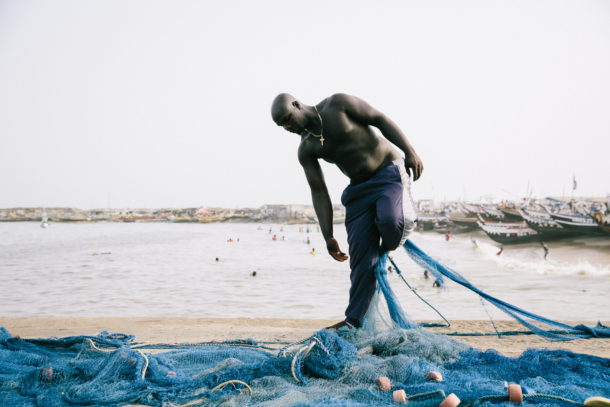

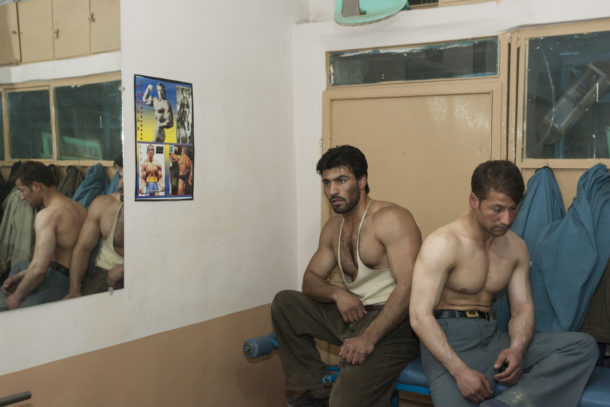
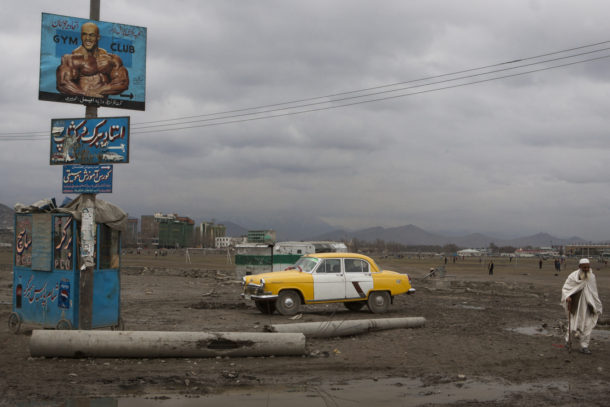

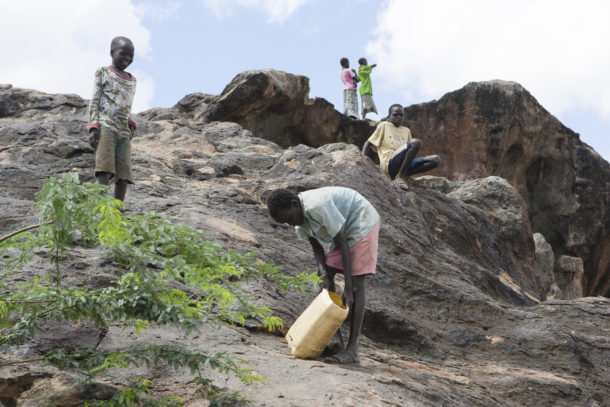
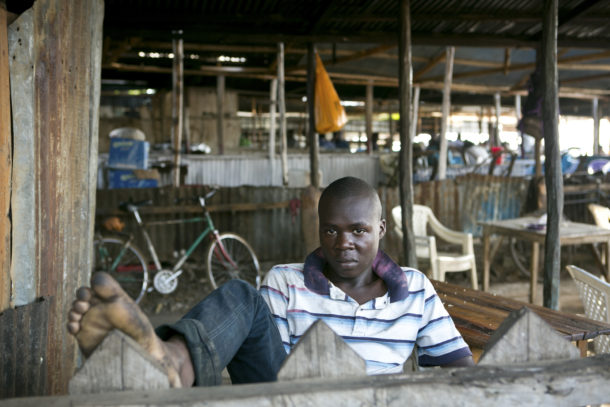
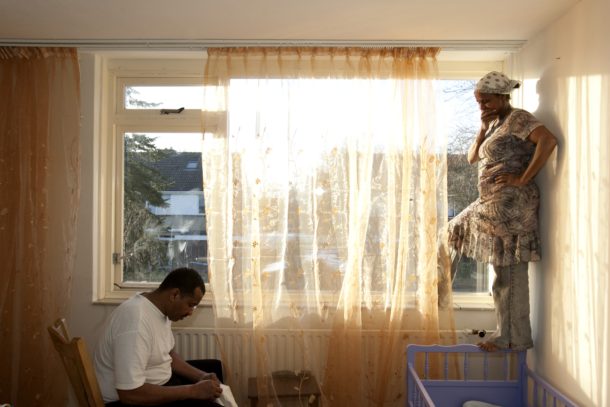
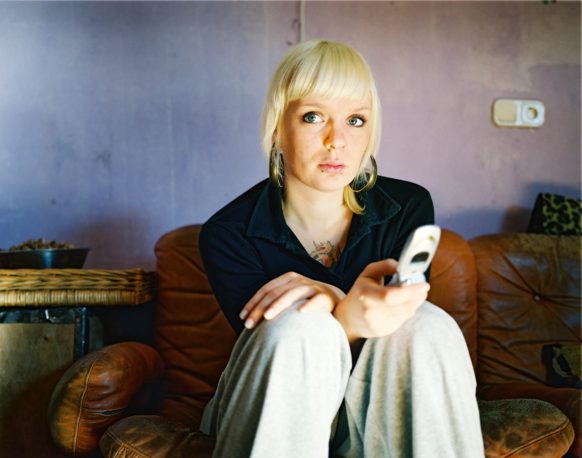
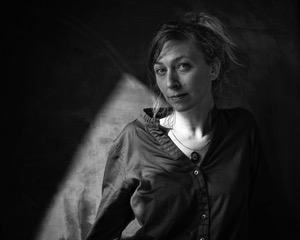














The opinions expressed by individual commentators and contributors do not necessarily constitute this website's position on the particular topic.